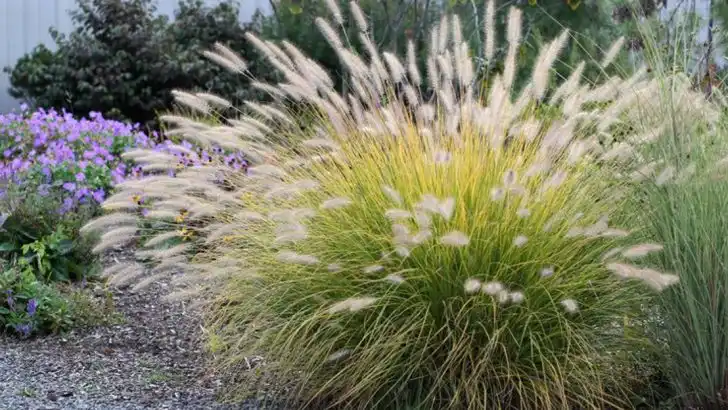Ornamental grasses are the unsung heroes of landscape design. With their graceful movement, low-maintenance habits, and season-long visual interest, they offer far more than just filler between flowering plants. Whether you’re aiming for a modern, minimalist aesthetic or a wild, naturalistic vibe, there’s a grass to suit your space—and many thrive where fussier plants fail.
These versatile plants add texture, height, and contrast to any garden layout, and many varieties are drought-tolerant, deer-resistant, and pollinator-friendly too. From soft, waving plumes to crisp, architectural blades, ornamental grasses provide year-round structure with very little effort. Here are 14 reasons to consider making them a bigger part of your outdoor space.
Versatile Design Features
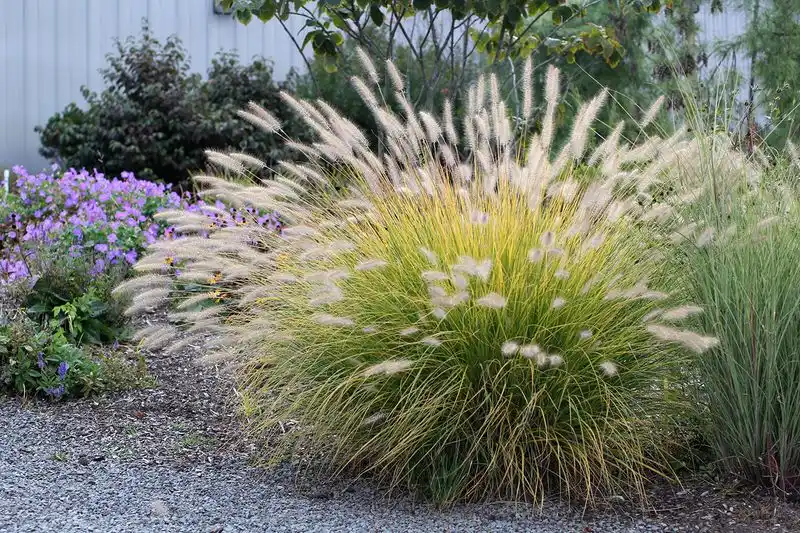
With a palette that rivals the most vibrant artist’s toolkit, ornamental grasses introduce dynamic design elements to any garden. They’re not just filler plants; their arching forms and varied textures create focal points, drawing eyes and providing height and movement. Imagine the grace of tall miscanthus swaying in the breeze or the neat, compact clumps of blue fescue. You can mix them with perennials to break monotony and add visual interest. These grasses adapt to modern and traditional designs alike, making them versatile choices for diverse landscaping styles.
Low Maintenance Beauty
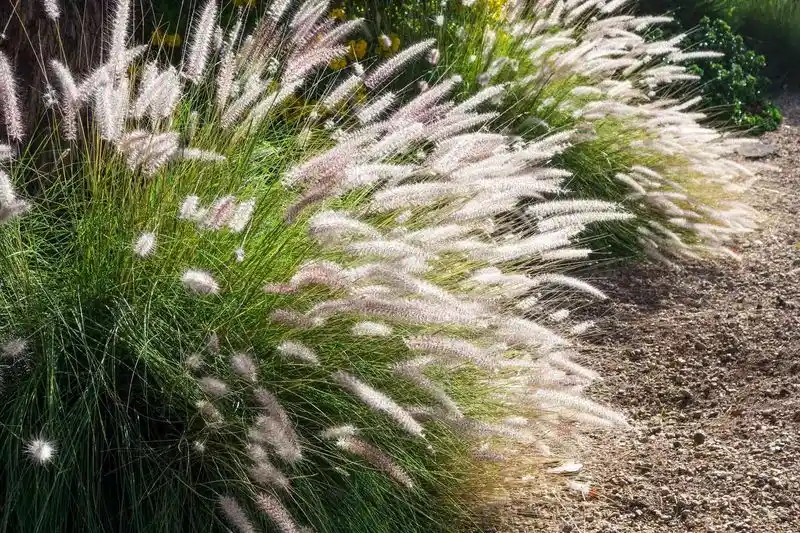
For those seeking beauty with minimal effort, ornamental grasses stand out as an exceptional choice. Their hardy nature means they thrive with little intervention. Once established, most species require minimal watering and are resistant to pests and diseases. Imagine a garden that remains lush without constant pruning or fertilizing. Their ability to adapt to various soil types means less worry about specific garden conditions. This ease of care makes them perfect for busy gardeners who crave beauty without the burden.
Seasonal Interest

Ornamental grasses offer a show that evolves with the seasons, ensuring gardens remain engaging year-round. In spring, new shoots bring fresh greens that gradually mature into the summer’s rich hues. As autumn arrives, many grasses turn golden or deep burgundy, creating a breathtaking display. Even in winter, their dried seed heads and frosted blades add texture and interest to landscapes. This continuous transformation ensures your garden never feels static or dull, captivating attention through every seasonal change.
Erosion Control
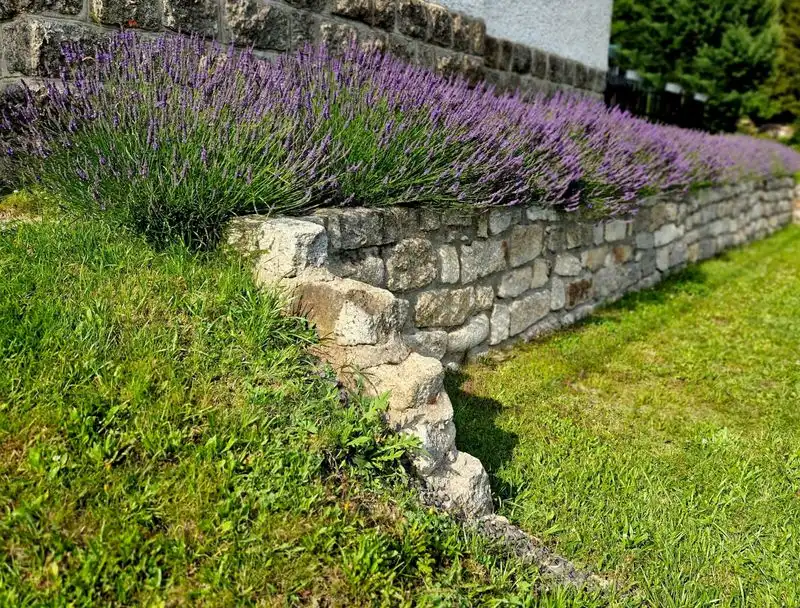
Beyond their aesthetic appeal, ornamental grasses serve a practical role in preventing soil erosion. Their dense root systems help hold soil in place, reducing runoff and maintaining topsoil integrity. This is particularly beneficial for sloped areas prone to erosion. Picture a hillside covered with waving grasses, effectively anchored against heavy rains. These plants not only beautify but also protect, making them a sustainable choice for gardeners concerned with environmental impact. Their natural resilience further enhances their role in preserving landscapes.
Wildlife Habitat

Creating a haven for wildlife is one of the charming benefits of ornamental grasses. These plants provide shelter and food for a variety of creatures, from birds to beneficial insects. The tufted tops of grasses offer seeds for birds, while the dense foliage provides cover for small mammals. Imagine your garden buzzing with life, a sanctuary for nature’s visitors. By planting these grasses, you support biodiversity right in your backyard, contributing to the ecological fabric of your local environment.
Drought Tolerance
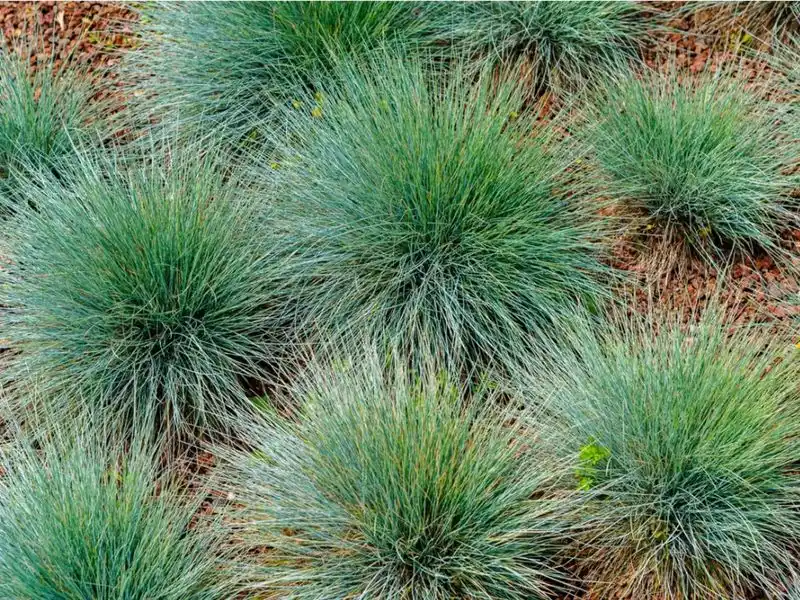
In the face of drought conditions, ornamental grasses prove to be remarkably resilient. Their ability to thrive with minimal water makes them ideal for dry climates or water-conscious gardens. Picture a landscape that remains vibrant even during extended dry spells, thanks to these hardy plants. Their low water needs reduce irrigation demands, saving both time and resources. This drought tolerance is a significant advantage, especially in regions prone to water scarcity, making ornamental grasses a sustainable garden choice.
Textural Variety
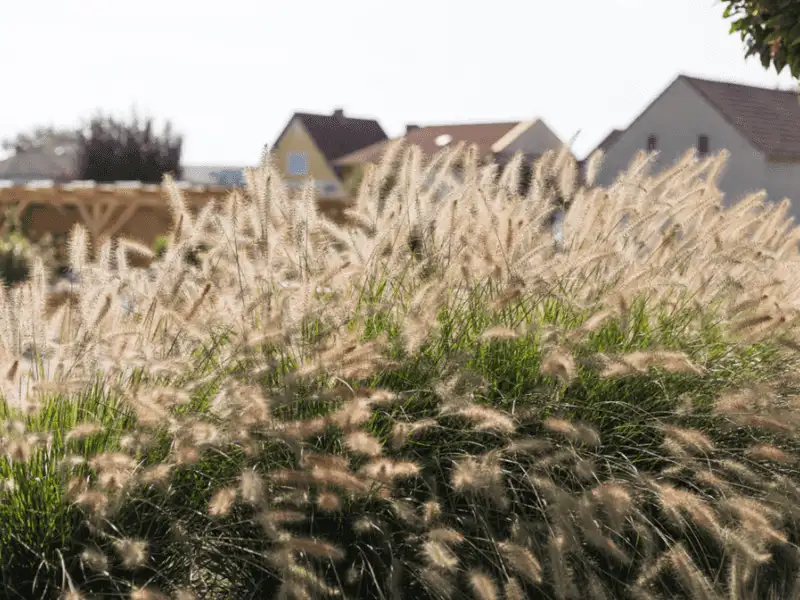
The textural variety offered by ornamental grasses is unparalleled, adding depth and dimension to any garden space. From the feathery plumes of fountain grass to the stiff, upright blades of switchgrass, these plants introduce an array of tactile experiences. For gardeners, this means an opportunity to craft a visually rich environment, engaging both sight and touch. The contrast between soft, flowing grasses and more rigid forms creates a dynamic landscape, encouraging exploration and interaction with nature’s textures.
Sound and Movement
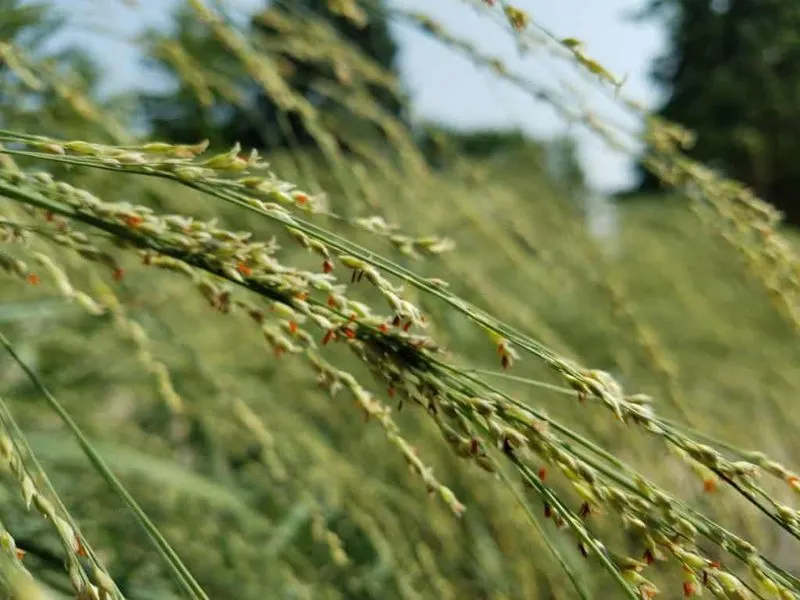
There’s an ethereal quality to the way ornamental grasses move with the wind, transforming gardens into living soundscapes. Their gentle rustling creates a tranquil atmosphere, providing a sensory experience that goes beyond visuals. Envision sitting in your garden, the soft whispers of grasses accompanying the chorus of birds. This element of sound and movement adds a serene layer to outdoor spaces, inviting relaxation and mindfulness. Incorporating these grasses is like adding nature’s own music to your garden.
Colorful Foliage
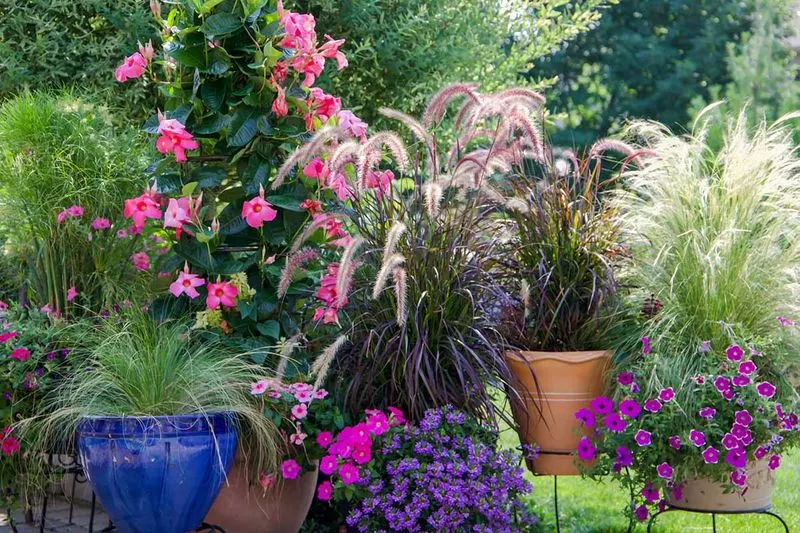
Ornamental grasses are not just about greens; they offer a spectrum of colors that can rival any flower. From the deep purples of purple fountain grass to the golden hues of maiden grass, these plants bring color into the garden palette. Picture a landscape where colors shift with the light, providing constant visual interest. This diversity in foliage color enhances the garden’s aesthetic appeal, making it a vibrant and lively space year-round.
Air Quality Improvement

Contributing to cleaner air, ornamental grasses are natural air purifiers. They absorb carbon dioxide and release oxygen, enhancing air quality around them. This is particularly beneficial in urban gardens, where air pollution is a concern. Imagine a garden that not only beautifies but also improves the environment, promoting a healthier space for you and your family. By incorporating these grasses, you contribute to a greener, more sustainable world.
Adaptability
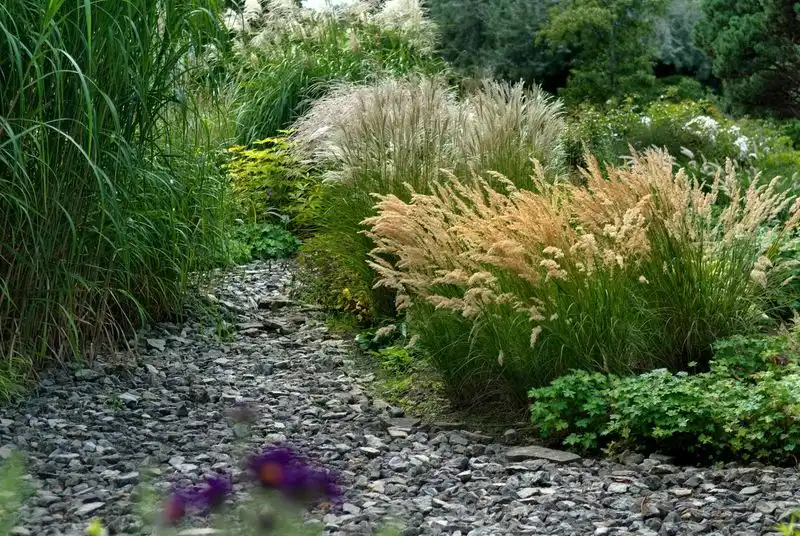
Ornamental grasses boast remarkable adaptability, growing well in diverse environments. Whether your garden basks in full sun or nestles in the shade, there’s a grass suited for every nook. Imagine a landscape where each plant finds its perfect spot, thriving without compromise. Their ability to fit into various ecological niches makes them invaluable for creating cohesive garden designs that accommodate site-specific conditions. This flexibility adds to their appeal, ensuring they complement any garden layout.
Privacy Screening
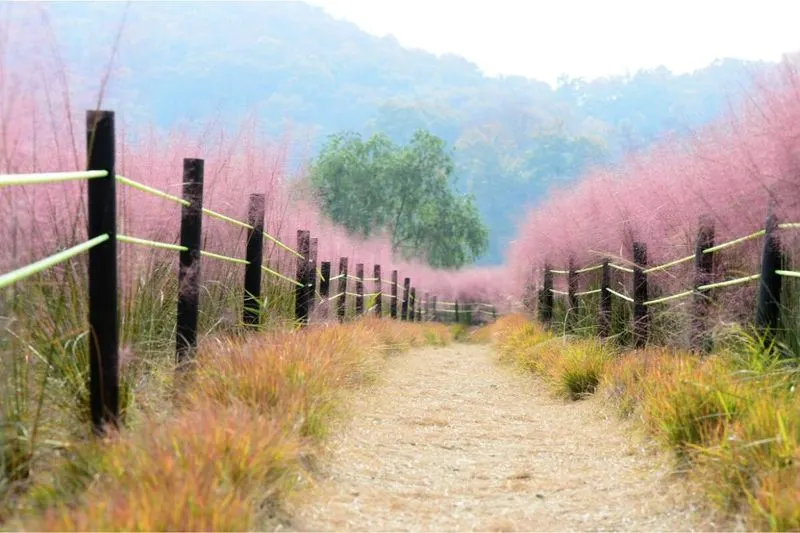
For natural privacy without the need for fences, tall ornamental grasses are an ideal solution. Their height and density create effective screens, blocking unsightly views or creating secluded garden areas. Imagine a quiet corner shielded by the gentle sway of giant grasses, offering peace and seclusion. This natural barrier also provides habitat for wildlife, adding multifunctionality to your garden design.
Windbreak Benefits

Providing protection against harsh winds, certain ornamental grasses can serve as effective windbreaks. Their sturdy stems deflect wind, shielding more delicate plants and garden areas. Picture a garden where flowers remain unscathed, protected by the silent guardianship of grasses. This function not only aids in maintaining plant health but also contributes to a more stable and comfortable garden environment.
Pest Resistance
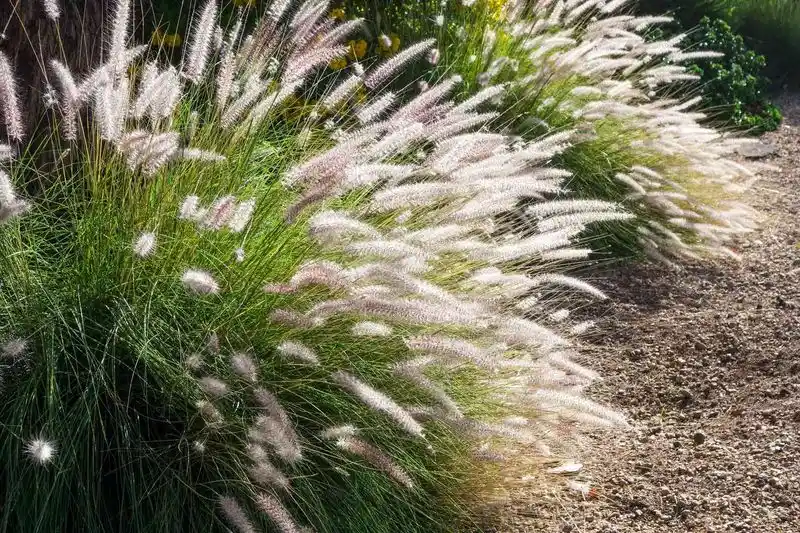
Ornamental grasses are naturally resistant to many pests, reducing the need for chemical interventions. Their tough leaves and stems make them unappealing to common garden nuisances. Imagine a garden that thrives without the constant battle against bugs. This inherent resistance allows gardeners to enjoy a more organic gardening approach, minimizing pesticide use and promoting a healthier garden ecosystem.

